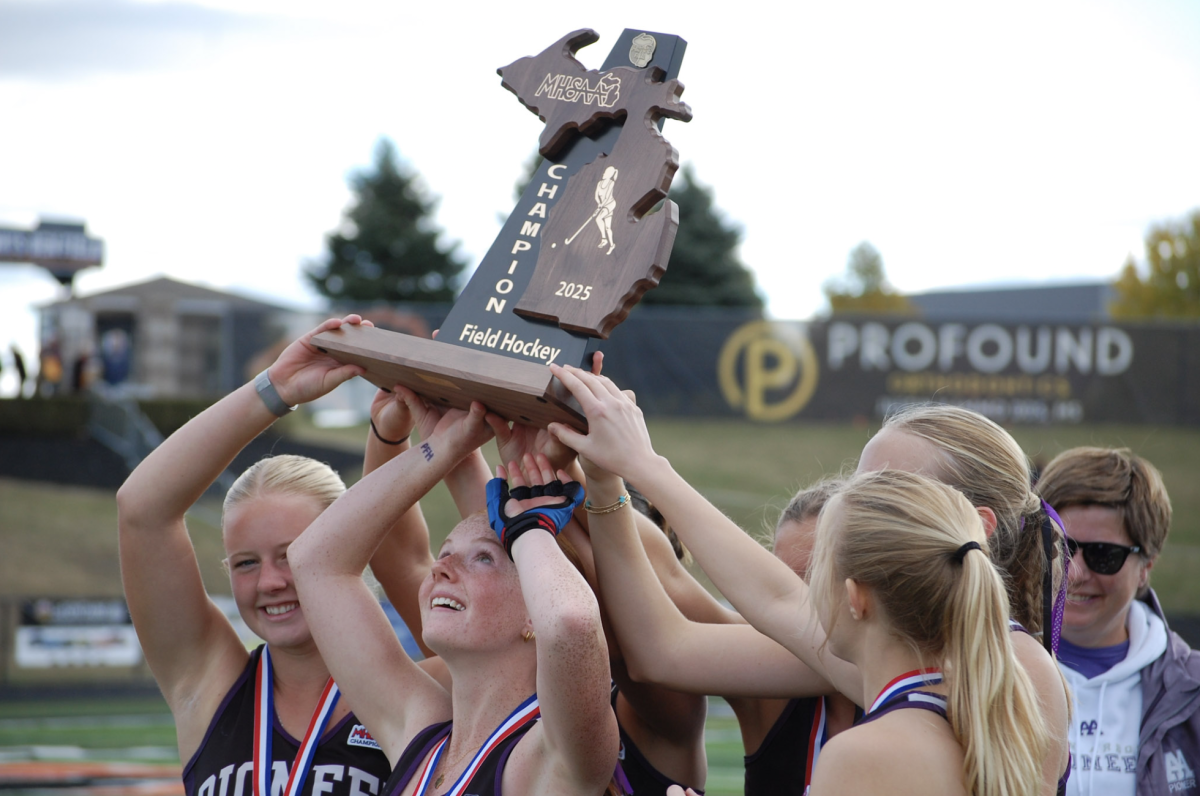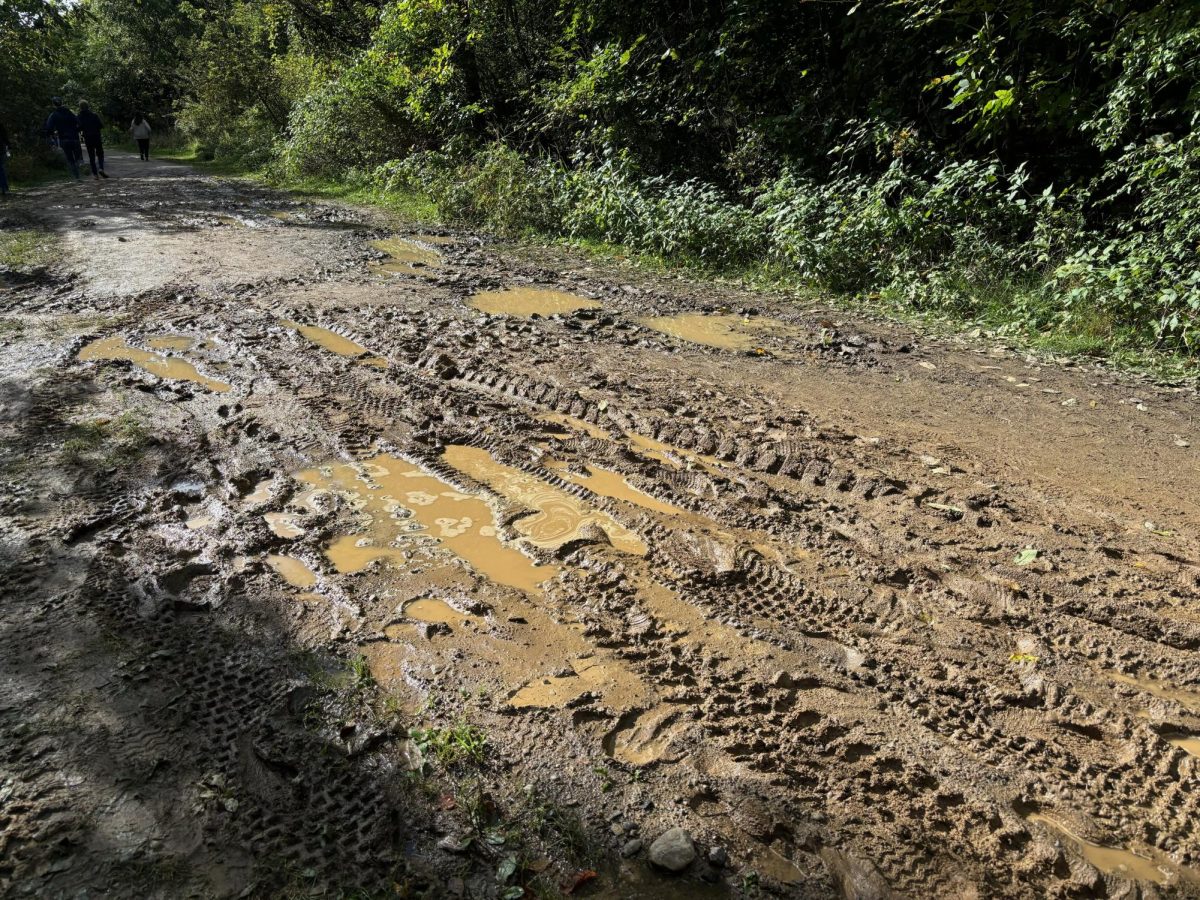The Risk of Driving

December 17, 2013
According to the National Highway Traffic Safety Administration (NHTSA) every year, more than 5,000 drivers between the ages of 16 and 20 die in car related accidents. Teenagers are four times more likely to be in a car accident than any other age group. In Michigan, teenagers are able to receive their driving permit when they are 14 and 9 months old and at the age of 16 you can take your driver’s test, and get your license. It makes sense that kids need their license to get around and to develop a sense of independence, but when anyone gets behind the wheel, more than their life is at risk. One test will determine whether it is legal for teenager to be accountable for innocent people’s lives.
Gabe Warchausky admits that his car accident was a result of him being an inexperienced driver. “A woman waved me on, when I had poor visibility. So I trusted her…MISTAKE!” Warchausky says, while he retells his accident. Warchausky is a junior at Community High School and this was the first car accident he had been in. Although there were no deaths as a result of his accident, Warchausky suffered from a concussion. He was lucky: his accident could have had much more severe consequences.
Now a days kids are itching for their 16th birthday to come, when they will be able to finally get their license and finally have some freedom. That freedom can so easily be abused and the punishment is more than anyone can anticipate. Donuts, road racing, blasting music, texting, talking on the phone, talking to passengers, and yelling passengers, are all circumstances that driving teenagers are faced with constantly, much more than adults. Teenagers are naturally risk takers; they naturally seek excitement. Lives can quickly be lost because of one mistake, one slip up, one turn taken too fast, or because a car that seems to come out of nowhere. Is there any way to prevent the fatalities that come along with daily necessities, like driving to school?
In 2007, a teacher of the food and nutrition class at Dexter High School, gave three teenage boys permission to go to a store to get ingredients for a project. Tyler Steffey was one of the passengers. He was 16 years old. His 17-year-old friend was driving the 1996 Honda Accord, and there was another boy in the passenger seat who was also 16 years old. The roads were slushy and icy, and the teenagers couldn’t have been aware of how serious the weather was. The car slid off the road and hit a tree. Steffey was pronounced dead later that day, at the hospital. The driver and the other student in the passenger seat both suffered minor injuries. There’s no one to blame in a situation like this, but it strengthens the idea that teen drivers are at serious risk because they are inexperienced and as a society we need to be aware of the risks.
Every year, faster, slicker cars are being made. More students are getting cars on their 16th birthday. Kids are driving kids around, parents are getting less involved in the “carpool” process and with that comes freedom and a serious possibility of repercussions.









